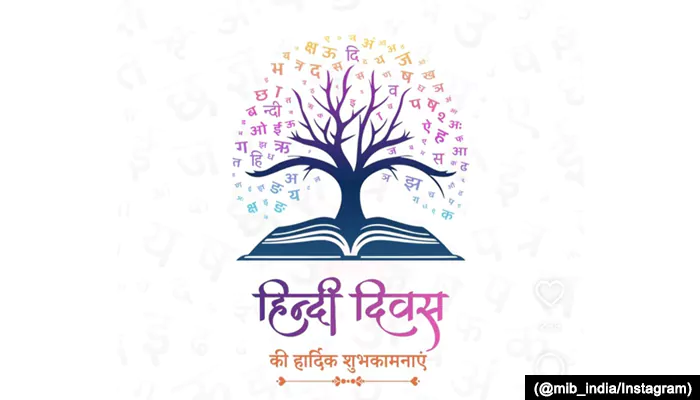Bilingual Education In Thai Schools: Navigating Challenges And Benefits

In the modern era, global interconnectivity has brought about significant shifts in how education is approached and perceived. One such shift has been the rise of bilingual education in countries across the globe.
Thailand has also embarked on this journey. Bilingual education in Thai schools presents a panorama of challenges and benefits that are reflective of the nation's unique socio-cultural context.
The Framework of Bilingual Education in Thailand
Bilingual education in Thailand typically refers to the instruction of students in both the Thai language and English. While Thai remains the dominant medium of instruction in most government schools, an increasing number of institutions, particularly private ones, are incorporating English into their curriculum. This stems from Thailand's aim to enhance its competitiveness on the global stage and its recognition of English as a lingua franca in business and diplomacy.Benefits of Bilingual Education
Cognitive Advantages: Studies have shown that bilingualism can enhance cognitive abilities, especially in areas like problem-solving, creativity, and multitasking. Children exposed to two languages regularly can develop better cognitive flexibility.Global Preparedness: As Thailand aspires to be a vital player in the ASEAN Economic Community (AEC) and other global platforms, proficiency in English becomes invaluable. Bilingual education prepares Thai students for global interactions and collaborations.
Cultural Understanding: Learning a language is not just about mastering words and grammar; it’s also about understanding the culture and values associated with it. Bilingual education offers students a window into the wider world, promoting intercultural understanding and tolerance.
Challenges in Implementing Bilingual Education
Economic Disparities: Bilingual programs, especially in well-regarded private institutions, can be expensive. This can create a socioeconomic divide where only affluent families can afford to give their children the benefits of bilingual education.Cultural Concerns: Some segments of Thai society fear that an emphasis on English may dilute Thai cultural and linguistic heritage. They worry that as students become more globalized, they might drift away from traditional Thai values and practices.
Curriculum Development: Creating a balanced curriculum that pays equal attention to Thai and English, and ensures students are proficient in both, can be challenging. The risk is that students might excel in one language while lagging in another.
Strategies to Navigate Challenges
Teacher Training: The Thai government and private stakeholders can invest in comprehensive teacher training programs. Collaboration with international institutions can also help in transferring knowledge and pedagogical techniques.Public Bilingual Programs: To bridge the economic disparity, the government can introduce or expand bilingual programs in public schools, making them accessible to a wider demographic.
Incorporating Thai Culture: To address cultural concerns, the bilingual curriculum can be designed to include Thai literature, history, and cultural studies, ensuring students are rooted in their heritage while also being globally aware.
Continuous Assessment and Feedback: Regular evaluation of bilingual programs will help in identifying areas of improvement. Feedback from students, parents, and educators can guide curriculum adjustments to achieve a balanced bilingual education.











